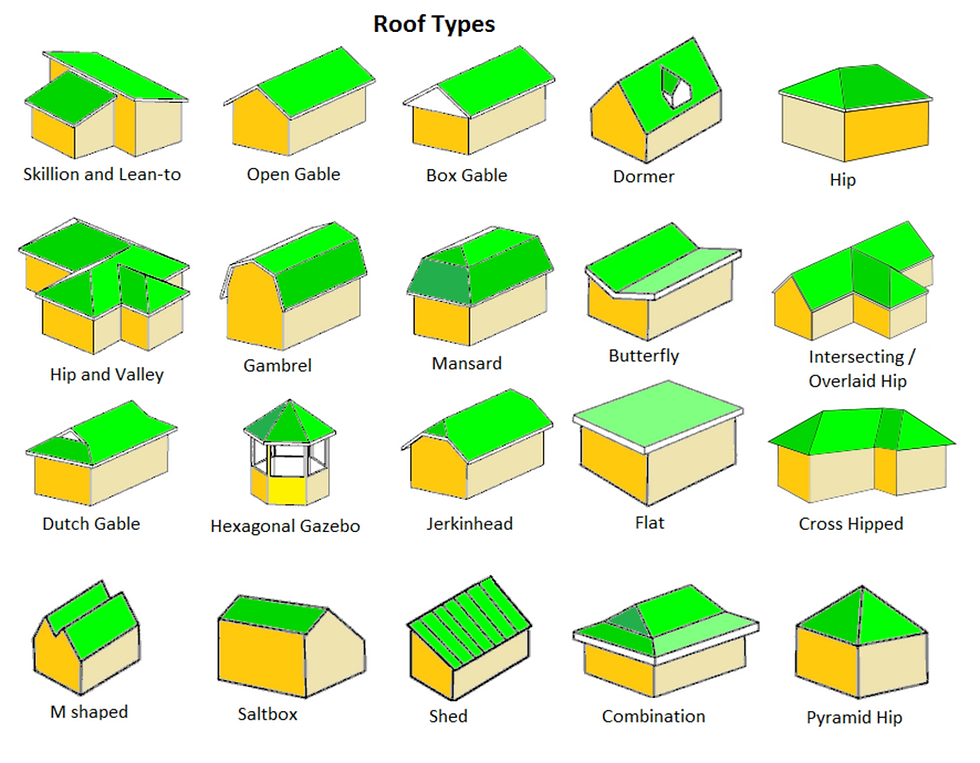Metal Roofing Advantages
- carissa184

- Sep 11, 2016
- 3 min read
Updated: Sep 20, 2021







The Metal Roofing Alliance (MRA) was formed in 1998 by a group of metal roofing manufacturers with the main goal of educating consumers about the benefits of metal roofing. Members include metal roofing suppliers, contractors and distributors, paint corporations, trade magazines, and other construction related corporations.
History
Copper has played a significant role in architecture for thousands of years (see: copper in architecture). In the 3rd century B.C., copper roof shingles were installed atop the Lovamahapaya Temple in Sri Lanka.[1] The Romans used copper as roof covering for the Pantheonin 27 B.C.[2] Centuries later, copper and its alloys were integral in European medieval architecture. The copper roof of St. Mary's Cathedral, Hildesheim, installed in 1280 A.D., survived until its destruction during bombings in World War II.[3] The roof at Kronborg, one of northern Europe's most important Renaissance castles (immortalized as Elsinore Castle in Shakespeare’s Hamlet) was installed in 1585 A.D.[4] The copper on the tower was renovated in 2009.[5]
Advantages
Metal roofing can consist of a high percentage of recycled material and is 100% recyclable.[6] It does not get as hot as asphalt, a common roofing material, and it reflects heat away from the building underneath in summertime. On a larger scale, its use reduces the heat island effect of cities when compared to asphalt. Coupled with its better insulating abilities, metal roofs can offer not only a 40% reduction in energy costs in the summer, but also up to a 15% reduction in the energy costs in the winter according to a 2008 Study by Oak Ridge National Laboratory. This finding is based on the use of a strapping system of four inches between the plywood and "cool-color" metal on top, [7] which provides an air gap between the plywood roof and the metal. Cool-color metals are light, reflective colors, like white. The study went on to say that re-sealing and insulating air ducts in the attic will save even more money.[8] Because of their longevity, most metal roofs are less expensive than asphalt shingles in the long term.[9]
Material types
Originally, metal roofs were made of corrugated galvanized steel: a wrought iron–steel sheet was coated with zinc and then roll-formed into corrugated sheets. Another approach is to blend zinc, aluminum, and silicon-coated steel. These products are sold under various trade names like "Zincalume" or "Galvalume". The surface may display the raw zinc finish, or it may be used as a base metal under factory-coated colors. Another metal roofing product comes in a rolled form of various widths of so-called standing seam metal. The material is "seamed" together using a special seaming tool that is run vertically up the panel to seal the joints and prevent water intrusion.[10]
Metal tile sheets can also be employed. These are usually painted or stone-coated steel. Stone coated steel roofing panels are made from zinc/aluminium-coated steel with an acrylic gel coating. The stones are usually a natural product with a colored ceramic coating. Stainless steel is another option. It is usually roll-formed into standing seam profiles for roofing; however, individual shingles are also available. Other metals used for roofing are lead, tin and aluminium and copper.
Copper is used for roofing because it offers corrosion resistance, durability, long life, low maintenance, radio frequency shielding, lightning protection, and sustainability benefits. Copper roofs are often one of the most architecturally distinguishable features of prominent buildings, including churches, government buildings, and universities.[11] Today, copper is used in not only in roofing systems, but also for flashings and copings, rain gutters and downspouts, domes, spires, vaults, and various other architectural design elements. At the Lyle Center for Regenerative Studies in Pomona, California, copper was chosen for the roofing on regenerative principles: if the building were to be dismantled the copper could be reused because of its high value in recycling and its variety of potential uses. A vented copper roof assembly at Oak Ridge National Laboratories (U.S.) substantially reduced heat gain compared with stone-coated steel shingle (SR246E90) or asphalt shingle (SR093E89), resulting in lower energy costs.



Roof Repair North Miami Beach have experienced and qualified staff, who do their guaranteed job at genuine cost. Moreover, they never disappoint their clients at any cost.